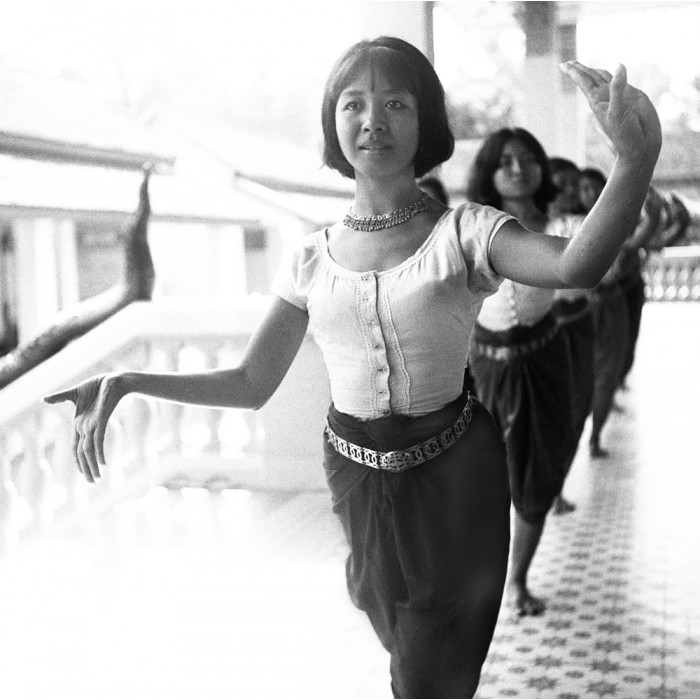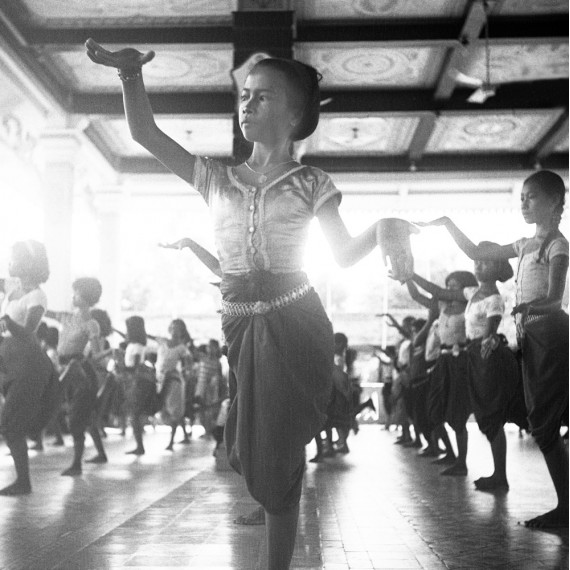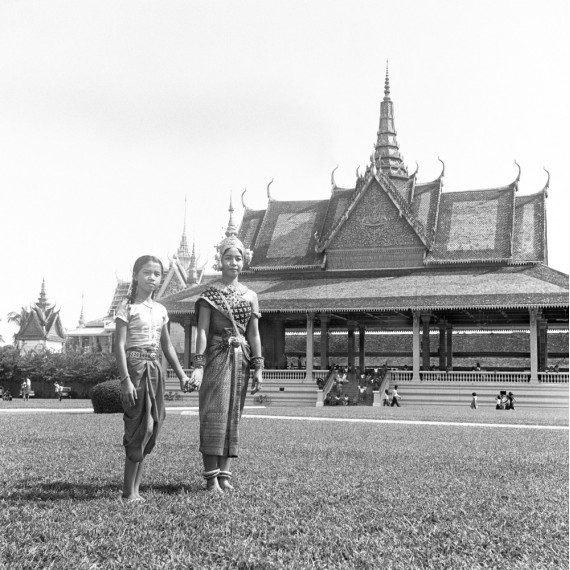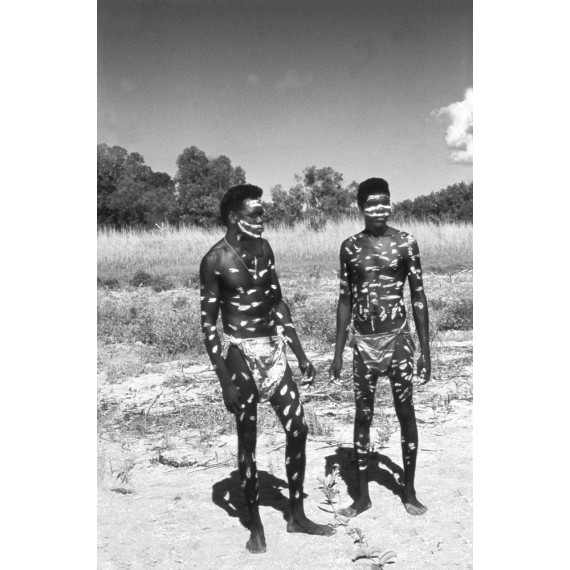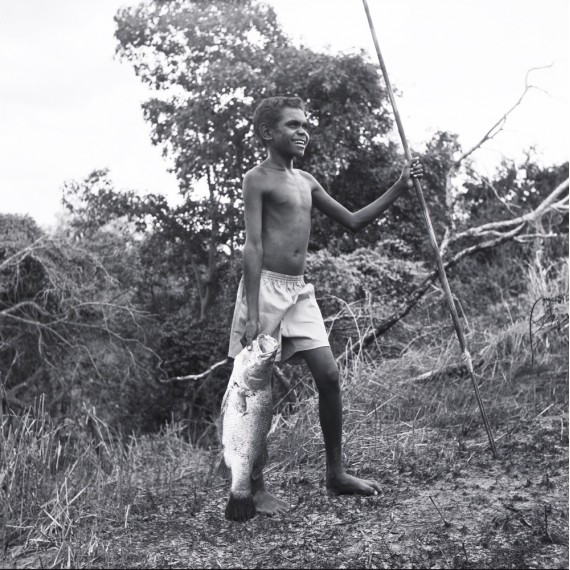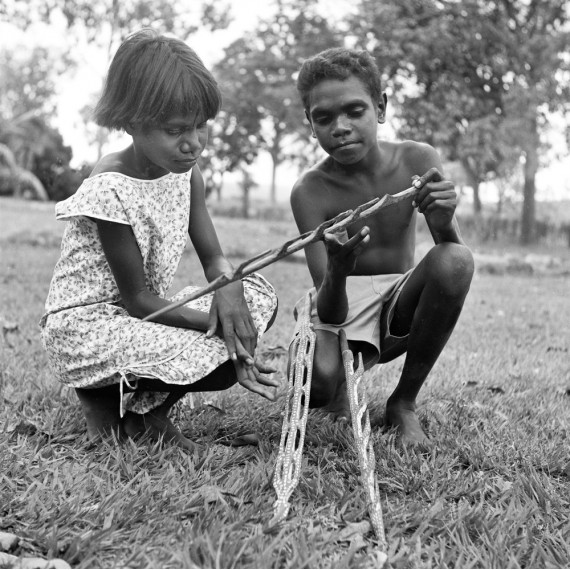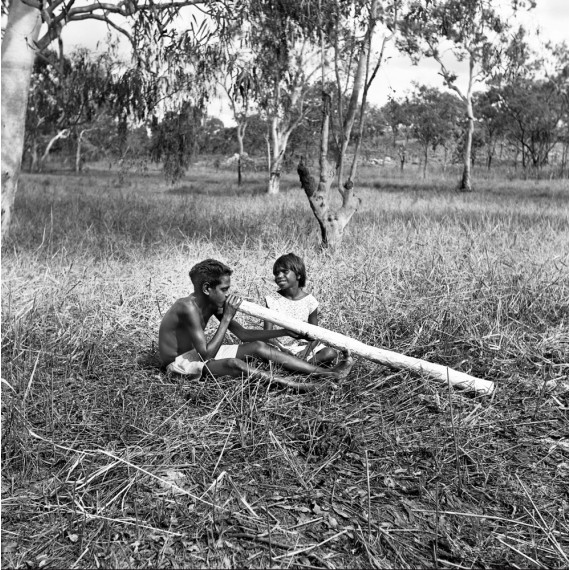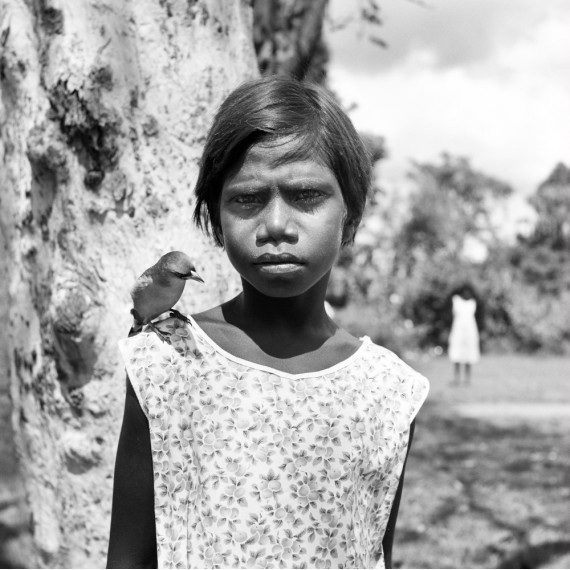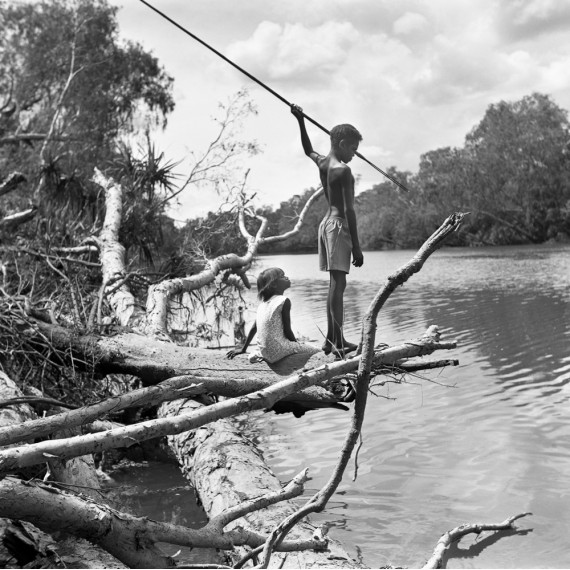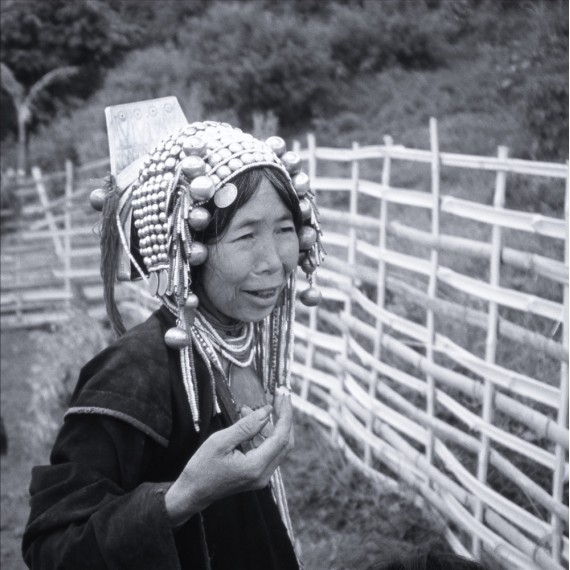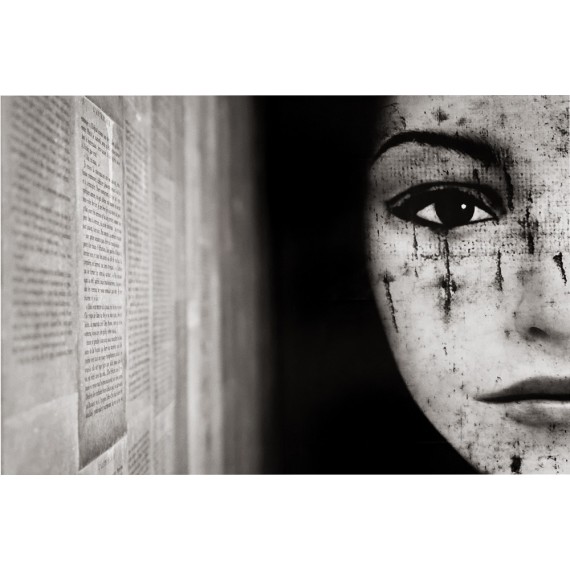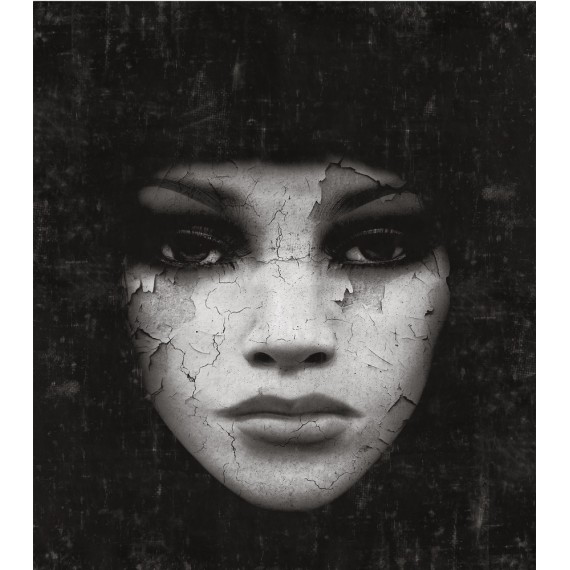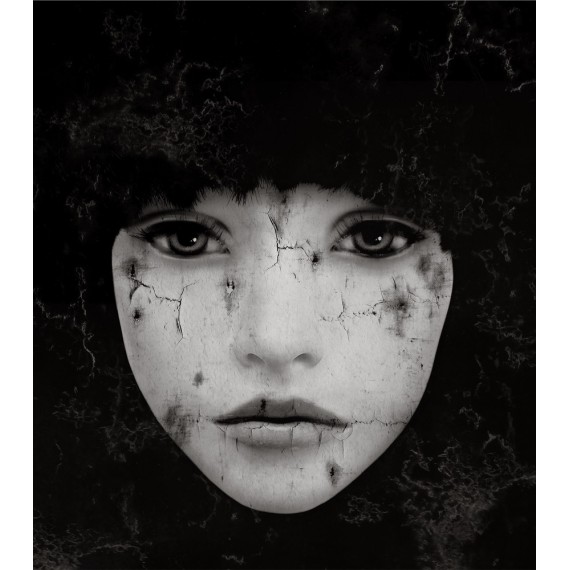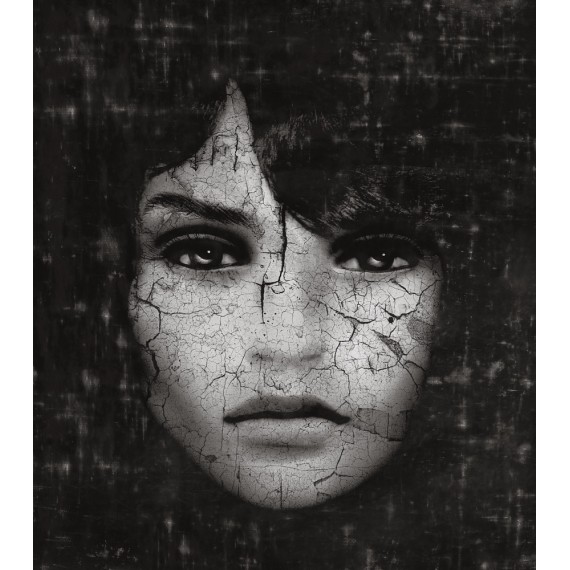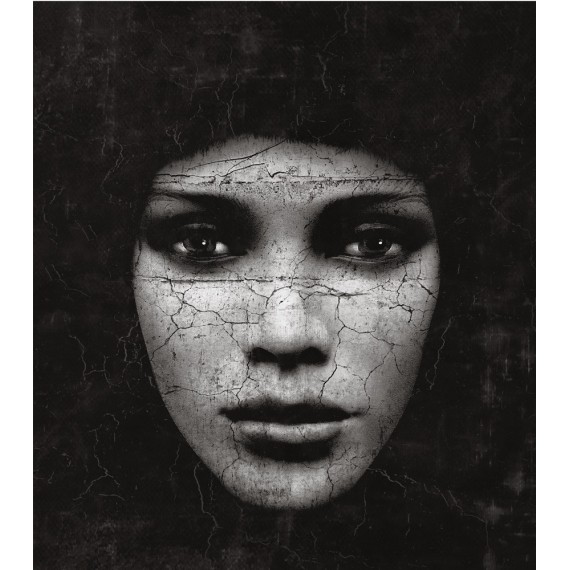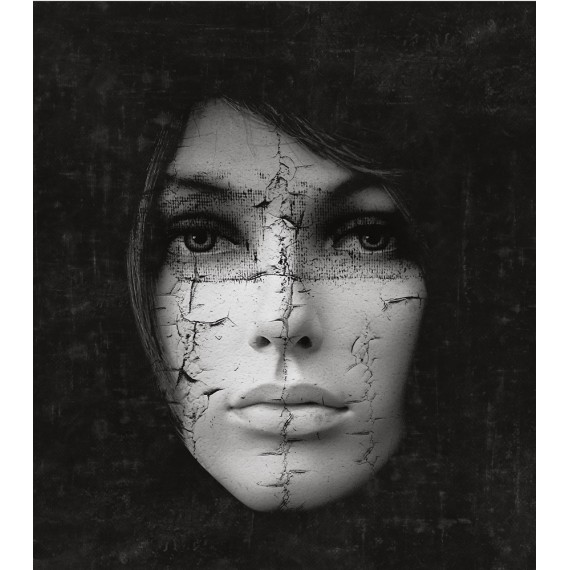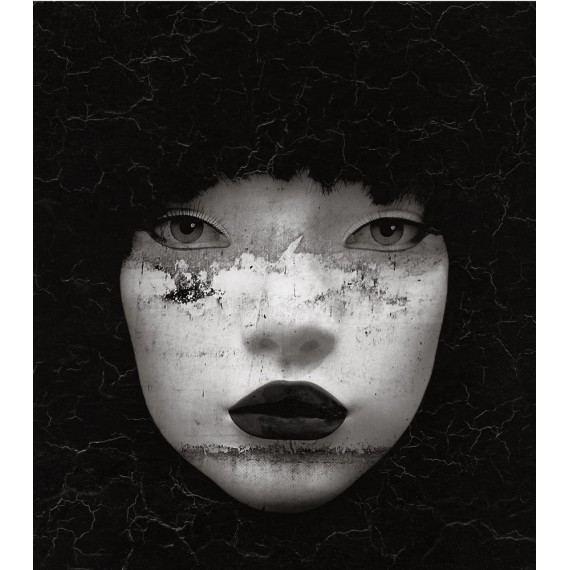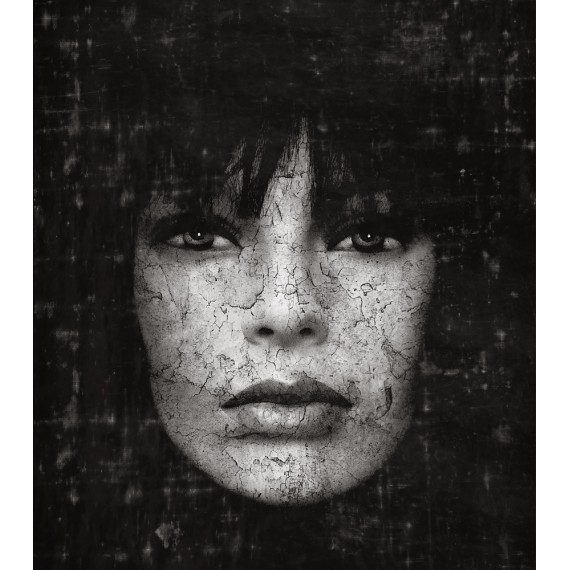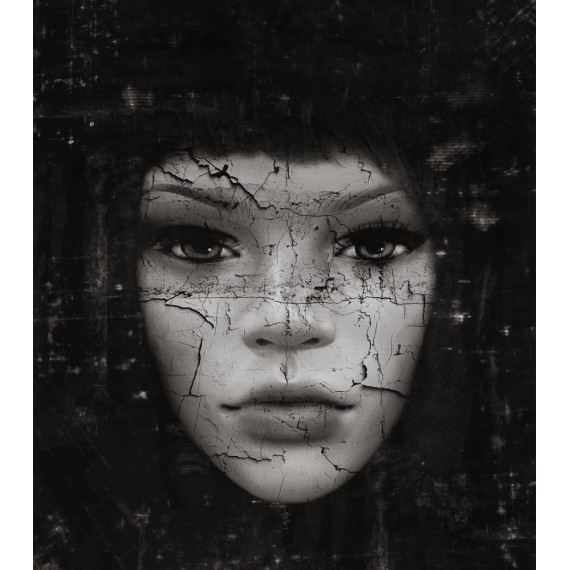LESPRIT Edith France
Rehearsal with Mem Kossony, Royal Palace, Cambodia, 1866 - Khmers
New product
190,00 €
Artist: Édith France LESPRIT
Series: Khmer Dancers, Cambodia
Title: "Rehearsal with Mem Kossony", Royal Palace, Cambodia
Medium: Photograph taken by Édith France Lesprit with a Yashica camera in 1966. Digitized by photographer Pascal Danot in 2011 and printed, pencil-numbered, and pencil-signed by Lesprit in a limited edition of 30 prints.
Signature: Signed on the mat
Limited Edition: 30 numbered copies, marked in pencil on the mat.
Dimensions: Photograph without mat: 30 x 30 cm (11.8 x 11.8 in)
Notes: Mounted under a white 40 x 40 cm mat, ready for framing. Certificate of authenticity included.
Description:
In this striking image, Édith France Lesprit captures more than just a moment of rehearsal—she immortalizes a world on the brink of disappearance. Taken in 1966 in the heart of Phnom Penh’s Royal Palace, with special permission from Queen Sisowath Kossamak, this photograph offers a rare glimpse into the inner sanctum of the Khmer royal ballet, a timeless jewel of Cambodian culture.
Young Mem Kossony, in the foreground, embodies the grace, discipline, and focus that characterize Khmer dance. The fluid lines of her body, the codified gestures of her hands, the regal carriage of her head—every detail in this composition speaks of an ancient art form passed down with unwavering precision. Behind her, her fellow dancers line up in quiet repetition, evoking a collective memory—a chorus in motion that serves myth and history.
Yet this photographic elegance, bathed in natural light and made almost tactile through the depth of its black and white tones, carries with it a painful historical resonance. Less than a decade later, the genocide carried out by the Khmer Rouge would claim the lives of 90% of these dancers, along with their teachers, musicians, costumes, jewels, and cultural knowledge. What Lesprit captured here is as much ethnographic testimony as it is salvaged memory.
By choosing a limited, signed, and numbered edition, the artist honors the rarity of this trace. The photograph—simple and frontal—becomes a fragile monument: both a prayer for those lost and a tribute to those who, like Mem Kossony, survived the horror to keep the art alive.
In Lesprit’s photographic work, art and humanity are inseparable. As an ethnologist, humanitarian, and committed artist, she has worked tirelessly to preserve endangered cultures. This image—poignant and modest—fulfills that mission: confronting us with beauty, and with the responsibility not to forget.
The Series: Khmer Dancers, Cambodia
These photographs were taken in 1966 in Phnom Penh, inside the Royal Palace.
Thanks to a special permission from Her Majesty Queen Sisowath Kossamak (mother of Prince Norodom Sihanouk), I was allowed to attend and photograph ballet rehearsals in the Chamsaya Hall within the palace grounds. At the time, there were two “grand ballets,” including the renowned first ballet troupe that toured internationally—its star dancer was Her Royal Highness Princess Bopha Devi.
To be admitted to the dance school, young girls—often from rural villages—were selected by the first dance mistress and by Her Majesty the Queen.
All dancers lived in the palace under strict rules. Daily rehearsals, schooling, and annual dance exams determined their advancement to higher ranks.
The ballets mainly portrayed stories from the Ramayana legend—the lead roles of princes and princesses were always performed by girls. Boys played the antagonists: the Monkey King and his leaping warrior subjects.
There were around 300 dancers, musicians, and singers.
During the bloody Khmer Rouge period (1975–1979), about 90% of the royal ballet dancers, as well as musicians and singers, were exterminated. The magnificent costumes were burned, the jewels (tiaras, necklaces, gold and gemstone bracelets—rubies, sapphires, emeralds, diamonds) were stolen, all documents and photographs looted. Nothing remained—except about fifteen young dancers who suffered the tragic fate of becoming sex slaves to Khmer Rouge soldiers.
Thanks to Princess Bopha Devi, the royal Khmer ballet has risen from the ashes. From the moment the Site B Cambodian refugee camp (a FUNCINPEC camp) opened, Princess Bopha Devi began teaching little girls again.
I have a project to build a school of classical Khmer dance to train poor young girls, while also giving them education and moral values specific to Khmer dancers. The aim is to provide them with a dignified profession that protects them from serious dangers (prostitution, human trafficking, forced labor), and to help Cambodia reconnect with its past and extraordinary civilization—because Khmer dance is an essential part of Cambodian culture.
Mem Kossony – lead dancer of the second troupe – survived the massacres but was forced into sexual slavery. She is now a dance teacher for Bopha Devi’s ballet company. The other children visible in the photograph were killed.
— Édith France Lesprit
Biography:
Édith France Lesprit was born in Paris in 1937. She studied ethnology in the United Kingdom. In 1964, she left Britain for Asia. In 1965, she encountered the Iban tribe, with whom she lived for several months—this became the subject of her thesis. She later lived among several other Asian tribes, from whom she brought back valuable documentary photographs.
In 1967, she met Mother Teresa for the first time in Calcutta. She obtained her diplomas in traditional Chinese medicine in 1975. Between 1970 and 1980, she carried out many humanitarian missions with Mother Teresa’s missionaries in the Charité hospices in Tejgaon, Bangladesh, as well as with the Salesian Sisters.
In 1976, she published Enfer d'où je viens ("Hell Where I Come From"), an important testimony about Bangladesh, which won the Montyon Prize from the Académie française. In parallel, she wrote several novels for young readers, inspired by her encounters with tribes and her humanitarian work, under her own name and the pseudonym Éric Lestier.
In 1978, she won the Grand Prize at the 7th Azur Biennial for a book on Chinese medicine. In the 1980s, she worked extensively in Cambodian and Laotian refugee camps in Thailand and was invited to speak on the issue around the world.
From 1990 to 2010, she trained “barefoot doctors” in Ethiopia (local nurses providing basic healthcare). She also worked in leper colonies, bush dispensaries, orphanages, and homes for AIDS patients in Thailand, Cambodia, and Vietnam. She has also led efforts to help disabled animals near Bangkok.
She published an autobiographical novel in 2009, The Kingdom of Forgotten Gods, recounting her journey with the Iban of Borneo.
Today, she continues her humanitarian work worldwide, especially through her project to build a school of classical Khmer dance in Cambodia.
"My project is to build a school of classical Khmer dance to train poor girls while giving them an education and moral values specific to Khmer dancers. The goal is to provide them with a dignified profession that steers them away from serious dangers (prostitution, human trafficking, forced labor), and to help Cambodia reconnect with its past and extraordinary civilization, since Khmer dance is a vital part of Cambodian culture."
Her photographs were exhibited in a gallery for the first time in 2011 at Galerie Roussard in the exhibition "Tribes."

